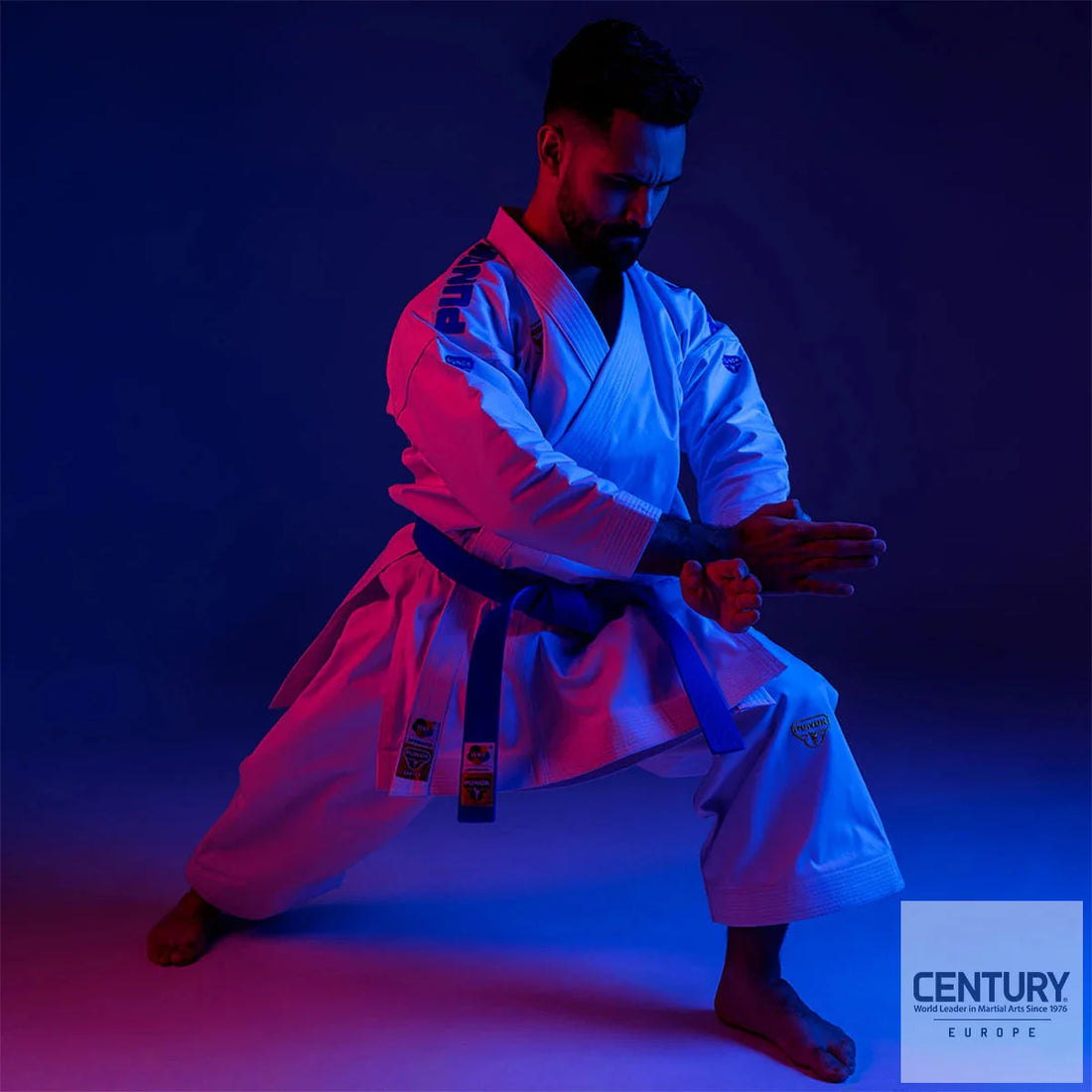The history of karate – from the streets of Okinawa to the dojos of the world
Karate is now a globally widespread martial art practiced by millions of people of all ages. But the road to getting here is long, and the history of karate is both fascinating and colorful. To fully understand karate, you also need to understand its origins – and how a small island in southern Japan became the starting point for one of the world's most influential martial arts.
Origin: Okinawa and China
Karate was born on Okinawa, an island that historically lay between Japan and China – both geographically and culturally. During the 14th-16th centuries, trade between Okinawa and China flourished, which led to the introduction of Chinese martial arts (especially Kung Fu ) to the local population.
In parallel, the Okinawans developed their own self-defense systems, called Te (meaning "hand" in Japanese). These techniques merged with Chinese influences and became the basis for what would later become karate.
Prohibition and secret training
In the 17th century, Japan invaded Okinawa, banning both weapons and martial arts training. This forced local martial artists to practice in secret – often at night, in small groups, and without weapons. This is also why karate is largely an “empty hand art,” using the body as your primary defense.
In this climate, karate developed rapidly. Since weapons were prohibited, the body's striking power, speed and technique became crucial. Many of the traditional karate techniques are therefore created to be effective, fast and functional in real-life situations.
From “Tode” to “Karate”
During the 19th century, karate began to be organized and developed into different styles. The most famous figure from this era is Gichin Funakoshi , often called the father of karate. He was the one who introduced karate to the Japanese mainland in the early 20th century.
As karate was adapted to Japanese culture and philosophy, its name also changed. Originally, "karate" was written with characters meaning "Chinese hand" (唐手), but to downplay the Chinese influences, the character was changed to one meaning "empty hand" (空手) – the same pronunciation, but a new meaning. It was also at this stage that karate began to develop more as a budo (Japanese martial art with a philosophical and disciplinary focus).
Modern karate – from tradition to competition
During the 20th century, karate spread rapidly in Japan and then to the rest of the world. It began to be taught in schools, universities and within the military. Over time, several different styles were born, such as:
-
Shotokan – founded by Gichin Funakoshi, is characterized by strong, long movements.
-
Goju-Ryu – mixes soft and hard techniques.
-
Shito-Ryu – has many techniques and kata from different roots.
-
Wado-Ryu – a style that combines karate with jujutsu.
In the 1970s, karate became internationally famous – with competitions, world championships and movie heroes like Bruce Lee (although he trained in other styles) and later Jackie Chan. Karate gained a strong cultural foothold and inspired generations around the world.
In 2021, karate took a new step forward when it was included as an Olympic sport for the first time during the Tokyo Olympics – in its home country of Japan, where it all began in earnest.
Summary
The history of karate is a journey from secret night training in Okinawan villages to today's grand competition arenas and training centers around the world. It is a martial art born out of necessity, developed with discipline, and survived through tradition, philosophy, and will.
To practice karate today is to carry with you centuries of history – and to be part of something much bigger than just technique and movement.





